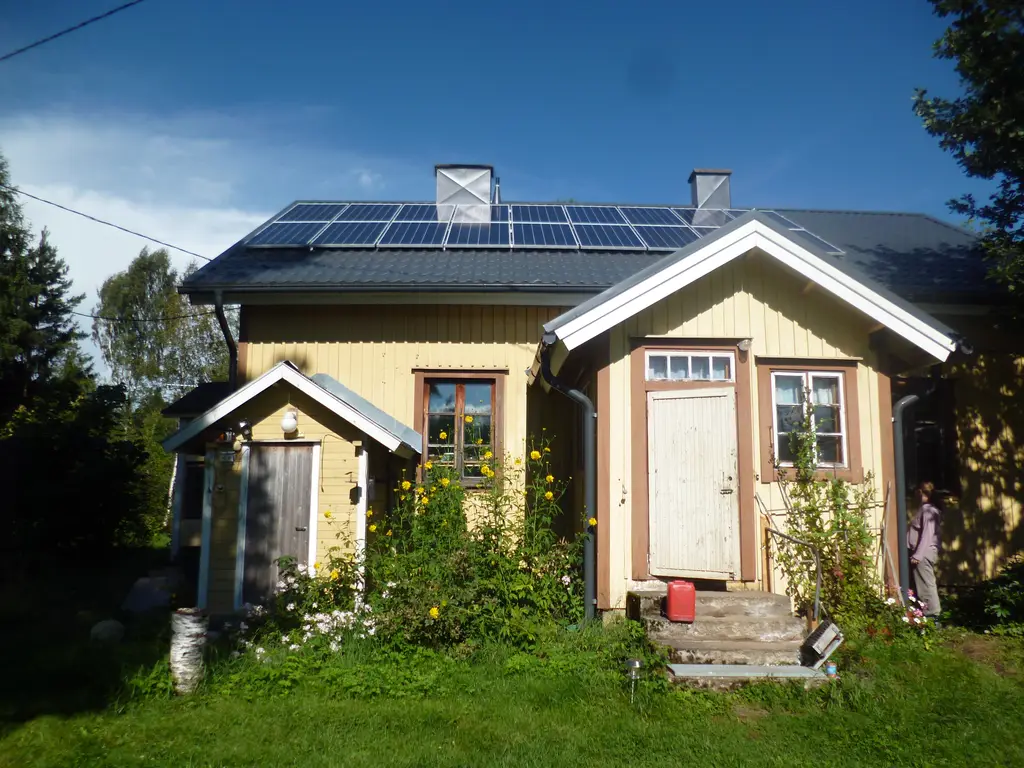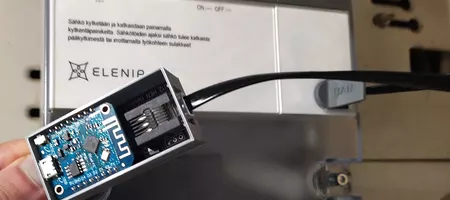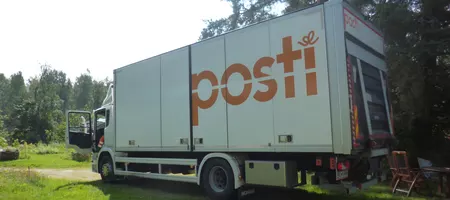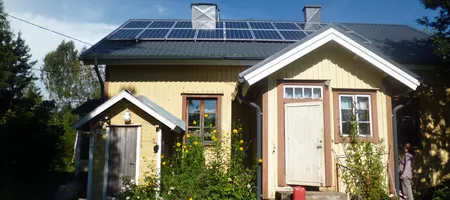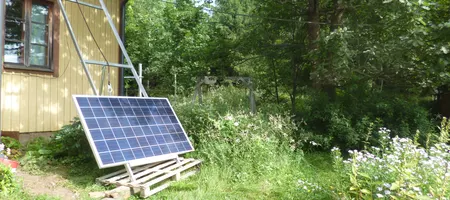Last year in August we got our 4.6 KWP photovoltaik on-grid system up an running. Time for some thoughts.
Off- vs. on-grid in Photovoltaik
When we got our system we didn't think that much about off-grid solutions. First of all off-grid means battery storage. I'm not really that satisfied with the solutions currently on the market. Tesla's Powerwall, Sonnen's Sonnenbattery and most of the others rely on Lithium-Ion. You could ask Google "how does a Lithium mine look like?" to get an idea about Lithium mining. The second part is that it needs additional cabling and setup. Besides the storage system you need a different inverter or a second inverter if you have a hybrid system. Sonnen now offers a combined all-in-one solution combining battery inverter + Lithium Ion storage. In my opinion they are headding to the right direction where the systems come easier for the consumer with less setup and installation time. While reading many different PV forums about off-grid / island solutions the common sense was something like: "The inverter producers don't like the idea of battery storage". Another point is the KW price for storage. Some think it is currently to high (for the entire storage system). But, as many Germans are now putting storage systems in their celars the prices will drop over the next 5 years. And besides the price we will see some new products, perhaps some very inovative ones.
In 2016 I was introduced to Aquion Energy by the Amish while visiting friends of Solar C³ITIES in Pennsylvania. Aquion Energy produced a special storage system using water. Unfortunately they went bankrupt in 2016. Fortunately they are out of bankrupcy since July 2017. Hopefully their product will be back on the market next year.
The real downside of an on-grid system is that the inverter needs the grid. During an outage, which happend to us 3 times last year, the produced energy isn't fed into the house. So, we just were disconnected and unable to use the PV energy. And that really sucked. But off-grid also has its downsides. If you have one cloudy day after another and your battery storage is drained empty at one point, where does the energy then come from? Basically you need addtional power sources, or you can live without electricity for some days.
What about the middle way?
The "golden middle" might be one of those solutions I favour. In that solution the house is connected to the grid but the PV also feeds into a battery. As soon as the grid shutsdown the energy comes from the battery. As long as the grid is on the PV feeds into the house and the grid. Basically a hybrid solution. What also would be something interesting is a system that is connected to the grid, doesn't have a battery, but isn't grid-tied by the inverter. Everything that is produced can be used. There are some topics at certain boards on inverters that can do that. But I haven't dug into it yet.
How is the energy production of your PV system?
That is one of the questions we got asked often. Let me show you our yearly production:
The total for one year now is 3.2MWh. In May this year was the highest harvest, where we had over 600KWh. That makes an average of about 20kWh / day.
Some words about the Finnish electricity bill
Transport of the electricity and the actual usage of it are two seprate payable amounts. You always pay a basic fee to the energy delivering company responsible for your region for the usage of their network. Those prices are currently in my opinion far too high. Paying 30 € a month just to be connected is in my opinion a rip-off. Of course the net has to be taken care of but how often does an outage really happen? 3 - 5 times in our case. And then it wasn't just our house but a whole bunch of. There is also of course tax on electricity as well as transport. This is Finland, after all!
Conclusions
After one year with PV we wouldn't miss the system. I doesn't bring the electricity bill down to 0 but it reduced the electric bill tremendously, especially from March to October. In the future we will probably look into a storage system so that outages aren't of any concern anymore. We also have a "we are the first in neighbourhood with PV"-sticker. So we are a good example for PV. A distant neighbour of ours, the Suttisen tila - a strawberry / vegetable farm and Cafe / shop , installed a huge PV system, with 45KWp, this year. So, the word is spreading.

